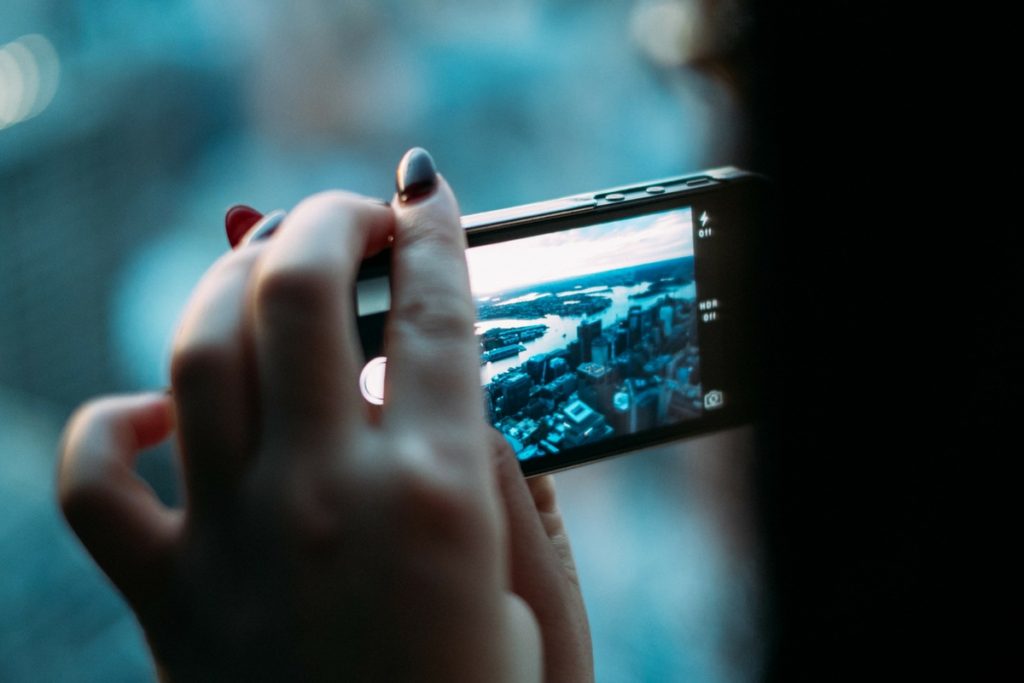
The 2018 Winter Olympics ended with a closing ceremony that exceeded expectations. The ceremonies combined traditional elements of Korean culture with modern K-pop performances designed to celebrate the achievements of the world’s athletes over the last few weeks. The visuals included high-tech light shows, remote-powered TVs, and choreographed dance/roller skate routines. If you missed it, highlights from the closing ceremonies can still be watched online. Making this footage available online is one example of how networks such as NBC are expanding their Olympic coverage from purely traditional TV.
The Fall of TV Ratings
It may not be a huge surprise that ratings for the Olympics were down this year compared to previous years. Whether this is because of a decrease in an interest in the Olympics or an increasing number of “cord-cutters” is hard to say. However, as someone who doesn’t watch much live TV, I have to say that being able to access the Olympic coverage online was a game changer. Being able to watch online and on mobile devices means you can watch wherever and whenever you want to. And as long as you aren’t worried about keeping up in real time, this becomes a huge advantage over being glued to a TV set.
The Rise of Social Media Engagement
This year, I also noticed an increase in the amount of social media usage surrounding the Olympics. By searching relevant hashtags on Snapchat, Facebook or Twitter, one gains the ability to witness user-generated content from social media users physically at the games. This adds a new dynamic that the main network broadcasters aren’t able to portray over traditional TV channels. Plus, by following the athletes on their personal social media channels, one is able to see what they post and experience the Olympics from their first-hand perspective. Snapchat, Facebook and Twitter in particular enable users to follow a range of television networks, the athletes themselves, or “PyeongChang2018,” the official Olympic snapchat channel produced by NBC and Buzzfeed. Social media, combined with highlight and recap videos online, create a multi-perspective viewer experience, customizable by the viewer.
The Multi-Channel Approach
For the closing ceremonies I decided to tune in to NBC’s broadcast. I thought it was interesting that every time there was a commercial break, NBC encouraged their TV viewers to tune in to the NBC’s official Snapchat channel. Why would a major network already suffering with ratings push people towards another online platform, potentially taking away from their own TV viewership? It’s most likely that the network is aiming to keep up with viewers who are quickly moving more into the digital world. The 2018 Olympics saw a much more multi-channel approach from networks such as NBC, including traditional TV, social media and online TV. In another 2 years, we’ll have to see how much this media mix continues to shift to keep up with constantly evolving technology and audience demands. Stay tuned to find out!
